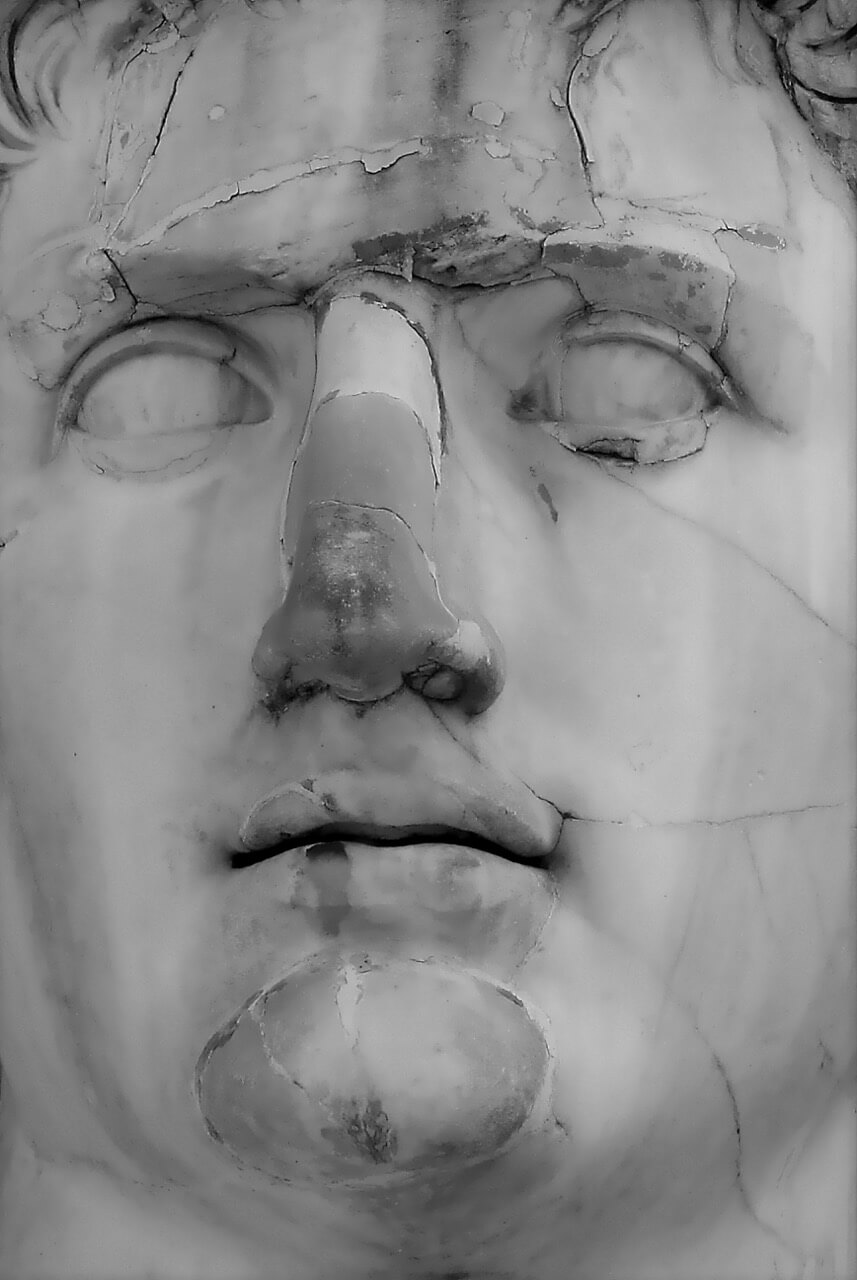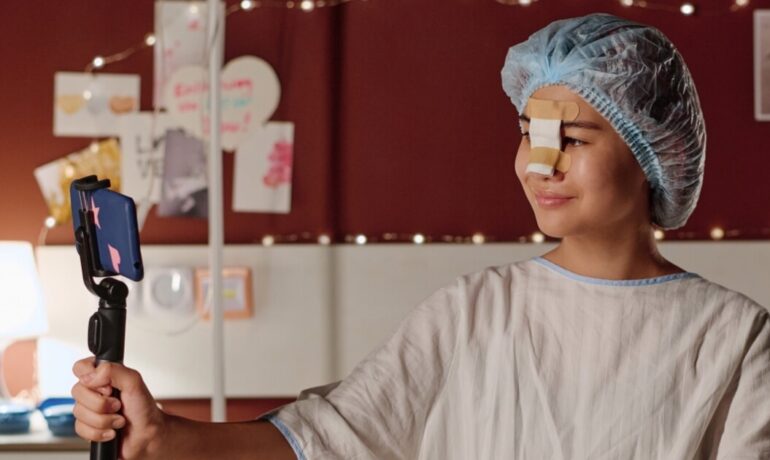Rhinoplasty, often referred to as a “nose job,” is not just a modern cosmetic procedure but a fascinating medical journey that spans several millennia. This blog post explores the incredible evolution of rhinoplasty techniques from ancient civilizations to the cutting-edge practices of today.
Ancient Foundations
The roots of rhinoplasty are as ancient as civilization itself. In Egypt, as early as 3000 BCE, carvings and medical texts suggest an understanding of nasal surgeries, primarily for reconstruction after injuries. However, it was in ancient India that a significant breakthrough occurred. Around 500 BCE, physician Sushruta, now recognized as one of the earliest surgeons, documented a technique to reconstruct noses. This method, famously known as the “Indian flap,” involved reconstructing the nose using a flap of skin from the cheek or forehead. This innovative technique set the stage for future advancements in rhinoplasty.
Renaissance Revolution
Jumping forward to the Renaissance, a period renowned for its scientific and artistic advancements, rhinoplasty made significant progress. The 16th century saw a rise in nasal reconstructions in Europe, driven by the increase in syphilis cases and dueling injuries. Italian surgeon Gaspare Tagliacozzi became a pivotal figure, advancing nasal reconstruction techniques using skin grafts from the upper arm. His work, documented in the seminal book “De Curtorum Chirurgia per Insitionem,” laid foundational principles still relevant in modern plastic surgery.

19th Century Progress
The 19th century marked a turning point in the history of rhinoplasty. As surgical techniques improved and anesthesia became more sophisticated, surgeons began to focus more on aesthetic outcomes. This period witnessed the birth of intranasal procedures, where incisions were made inside the nostrils, minimizing external scarring. Johann Friedrich Dieffenbach was a notable figure during this era, making significant contributions to the field of reconstructive surgery, including the development of new techniques for rhinoplasty.
20th Century Advancements
The 20th century was a golden era for cosmetic surgery, with rhinoplasty becoming increasingly popular. Surgeons experimented with both “open” and “closed” rhinoplasty techniques. The open technique involved an incision in the columella, the tissue between the nostrils, providing better visibility for complex procedures. The closed technique, however, became favored for its advantage of leaving no visible scars, as all incisions were made within the nostrils. These techniques were refined over the decades, allowing for more precise and predictable results.
Modern Rhinoplasty Techniques
Today, rhinoplasty is at the forefront of cosmetic surgery innovation. Surgeons now employ advanced technologies like 3D imaging and virtual reality simulations to plan surgeries with unprecedented accuracy. Minimally invasive techniques have also become the norm, leading to shorter recovery times and more natural-looking results. Additionally, there’s a growing emphasis on individualized procedures that respect the patient’s ethnic background and personal aesthetic goals.
Ethical and Cultural Considerations
In recent years, the field of rhinoplasty has also embraced a more ethical and culturally sensitive approach. Surgeons are increasingly aware of the importance of maintaining the patient’s ethnic identity while performing cosmetic alterations. This shift reflects a broader understanding of beauty standards and the importance of diversity and individuality in cosmetic procedures.
Rhinoplasty Techniques in Turkey: Top-Notch Technology and Expertise
In recent years, Turkey has emerged as a global leader in rhinoplasty, attracting patients from all over the world. This rise can be attributed to a combination of highly skilled surgeons, cutting-edge technology, and competitive pricing. Turkish medical facilities are renowned for their adoption of the latest technologies in cosmetic surgery, offering sophisticated procedures like 3D imaging and computer-assisted surgery. These technologies allow surgeons to provide patients with a clear vision of potential outcomes, ensuring greater accuracy and satisfaction with the results.
Furthermore, Turkey’s medical schools are known for their rigorous training programs, producing surgeons who are not only technically proficient but also artistically adept in reshaping noses to suit individual facial features. This expertise is complemented by a warm and hospitable culture, making patients’ experiences comfortable and reassuring.
Turkey’s focus on healthcare tourism also means that patients traveling for rhinoplasty can often find comprehensive packages that include not just the surgery, but also accommodation, post-operative care, and even sightseeing opportunities. This holistic approach to patient care, combined with the use of top-notch technology, positions Turkey as a premier destination for those seeking high-quality and affordable rhinoplasty procedures.
Future Directions
The future of rhinoplasty is as promising as its past. With ongoing research and technological advancements, the next generation of rhinoplasty techniques is likely to be even more refined, less invasive, and more tailored to individual needs. The integration of artificial intelligence for predictive modeling and the development of novel materials for grafting are just some areas where significant progress is expected.
- Navigating Rhinoplasty Choices: Finding the Perfect Fit for Your Nose - March 13, 2024
- The Journey to Recovery After Rhinoplasty - March 3, 2024
- Rhinoplasty’s Psychological Benefits: Boosting Confidence and Self-Esteem - February 29, 2024


